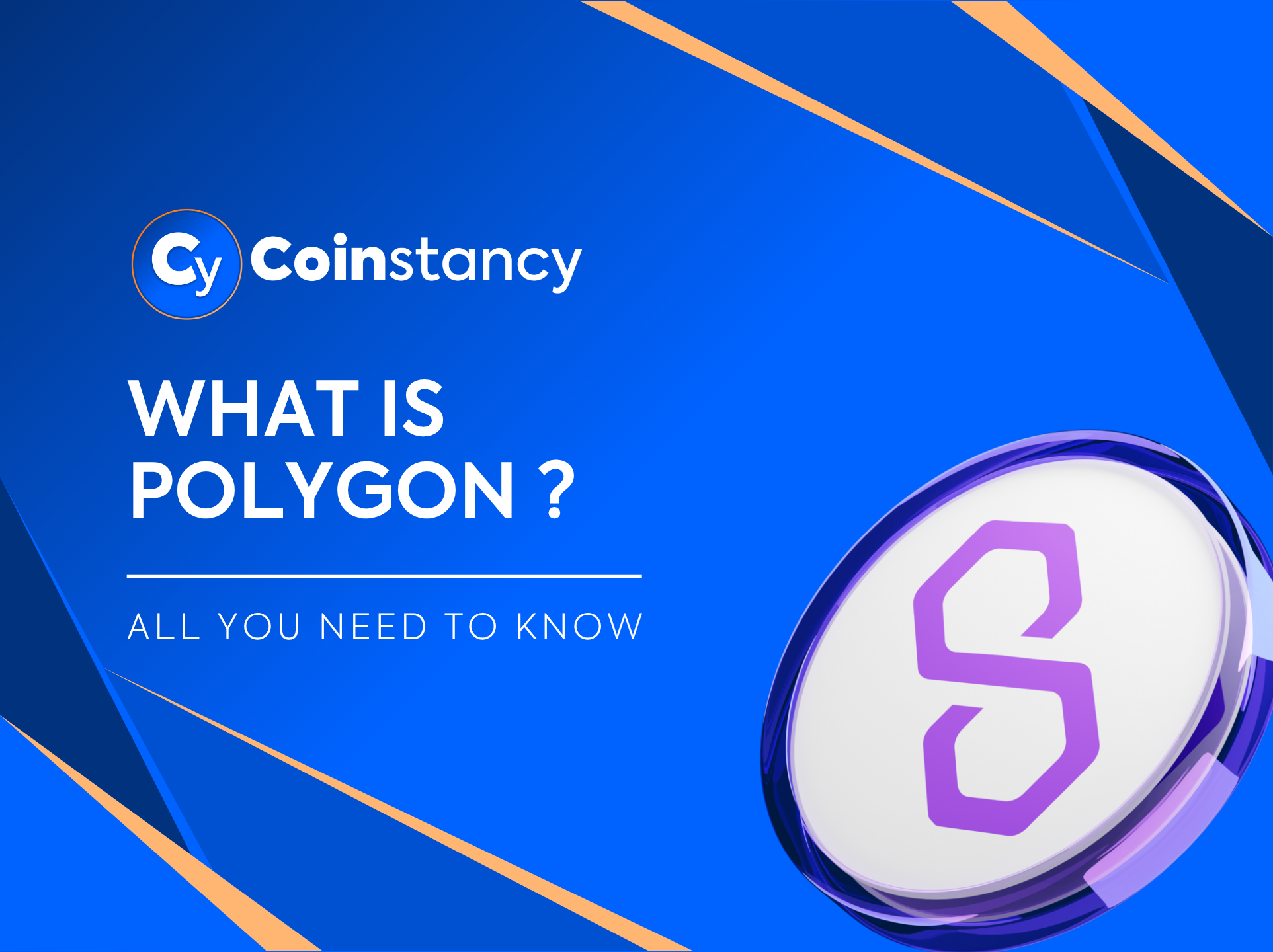
What is Polygon ?
🔍 Polygon (POL): the next evolution of the Ethereum ecosystem
Since its debut in 2017, Polygon (formerly Matic) has become a go-to solution for improving Ethereum’s performance. But in 2023, the project took a major leap forward with the introduction of the POL token, designed to replace the older MATIC. This transition marks a new era for Polygon: more modular, more interoperable, and more ambitious. But what does it actually mean? And what should we expect from the POL token?
Get the best returns on Coinstancy.
Sign up for free in just a few clicks.
1. Polygon: a layer 2 you can’t ignore 🌎
Polygon is what’s called a Layer 2 solution for Ethereum. In simple terms, it’s a set of technologies that enable faster and cheaper transactions than on the Ethereum mainnet—without sacrificing security.
For several years now, Polygon has developed multiple networks:
- Polygon PoS, its original sidechain,
- Polygon zkEVM, a zero-knowledge proof–based solution,
- Polygon CDK, a developer toolkit to build custom-compatible blockchains.
What makes Polygon strong is its ability to handle high transaction volumes while staying connected to the Ethereum ecosystem.
2. From MATIC to POL: why switch tokens? 🚀
The MATIC token, launched in 2019, was originally designed to secure the Polygon PoS network through staking, and to pay transaction fees. But as the Polygon ecosystem expanded, this model became limited.
The new POL token was introduced to serve a more universal role. It’s meant to be used across all Polygon networks and can serve for:
- Multi-chain staking,
- Ecosystem governance,
- Fee payments in various contexts,
- Validator rewards across subnetworks.
This shift moves Polygon toward a more modular network, where multiple chains operate under a shared architecture.
3. Inside POL: how does it work? 🎯
POL is designed as a next-generation token, enabling participants to engage across the entire Polygon ecosystem, regardless of the chain. Its main roles include:
- Security: validators stake POL to secure multiple networks,
- Governance: holders can vote on project decisions,
- Extended utility: each new chain can adopt POL as its native token.
The whole model is powered by a system called PoL (Proof-of-Liquidity), allowing validators to provide both liquidity and security.
4. Why this new model could be a game-changer 💡
Polygon isn’t just aiming to be another Ethereum alternative. With POL, the project wants to become a network-level infrastructure, where each chain has its own specialty while staying interoperable.
This “internet of blockchains” model is similar to what Cosmos is doing—but with native Ethereum integration. It enables:
- Faster applications,
- Lower fees,
- Better flexibility for developers,
- Greater resilience across the network.
5. What are the risks and limitations? ⚠️
Like any infrastructure shift, the move from MATIC to POL raises a few concerns:
- Migration: the technical transition may take time, and not all services support POL yet,
- Adoption: success depends on how well developers and platforms integrate the token,
- Volatility: like any token, POL is vulnerable to speculation,
- Complexity: the multi-chain model may confuse less experienced users.
However, Polygon has already proven its ability to manage complexity and deliver stable products.
Get the best returns on Coinstancy.
Sign up for free in just a few clicks.
Conclusion
The launch of the POL token marks a major evolution for Polygon. By offering a more flexible multi-chain structure, the project is laying the foundation for a faster, more modular, and more connected blockchain environment linked to Ethereum. For investors and developers alike, it’s a turning point worth watching closely.